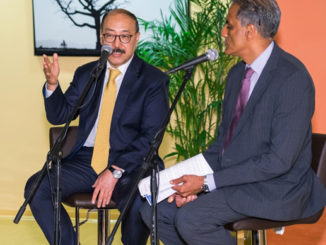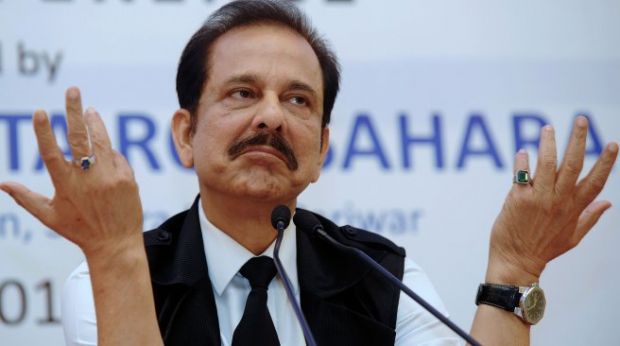
KOLKATA (TIP): The lower interest rate cycle in India, which began in April last year, has probably lasted as long as the recent Australian first innings at Lords. As the rupee crumbles and a desperate government lurches from one crisis to another, the middle-class’ hopes of cheaper home and auto loans have quietly been snuffed out, leaving thousands of lower and middle-income households at the mercy of relentless market forces that are beyond control.
YES Bank raised its base lending rate by 25 basis points to 10.75% and fixed deposit rates by 25-50 basis points, effective August 1. And Axis Bank, the third-largest private lender, raised deposit rates by up to 400 basis points for select maturities. Smaller banks such as Development Credit Bank and Ratnakar Bank have also raised deposit rates. 100 basis points equals 1 percentage point. YES Bank has led the sectoral reversal at a time lenders are battling high cost of short-term funds.
For years, they binged on short-term money, taking advantage of benign rates. Unlike their bigger private and public sector peers, these banks did not have big branch networks that could attract cheap retail deposit money. But now the party is over. After the central bank squeezed liquidity and raised short-term rates last week, lenders have been forced to do what was considered unthinkable three months ago: Raise deposit rates to attract retail money. A recent report of India Ratings & Research said the Indian banking system’s dependence on short-term liabilities has grown to a point where refinancing pressures could hurt margins, unless rebalanced.
It said deposits maturing in less than one year formed over 45% of total deposits in 2013, up from 33% in 2002. A significant part of these deposits had maturities less than six months and, for some banks, included a growing share of wholesale money market borrowings. “Banks that largely rely on wholesale and shortterm funding are affected the most and are forced to raise interest rates. Many of them have increased rates to attract retail depositors,” India Ratings & Research Senior Director Ananda Bhowmik said.
YES Bank’s Deputy CFO & Group President for financial management Jaideep Iyer said the rate hike decision is in sync with the market, but denied dependence on short-term funding. “More than 86% of deposits come from individuals with ticket size of less than 0.2% of our deposit base. We have a lot of granularity and a sustainable funding profile. We do not have a strategy of relying on shortterm funding.” The bank said short-term corporate deposits constitute less than 10% of its total deposits and less than 6% of funding.
Its current and savings account share is 20.2% as of June while public sector banks, which have extensive branch networks, typically enjoy a higher CASA ratio. Current and savings bank deposits are less costly for banks and hence a higher ratio means better profitability. An Axis Bank spokesperson was more guarded, but direct. “This increase in interest rates on term deposits has been carried out to take into account current money market conditions and to align it to prevailing market rates.”





Be the first to comment